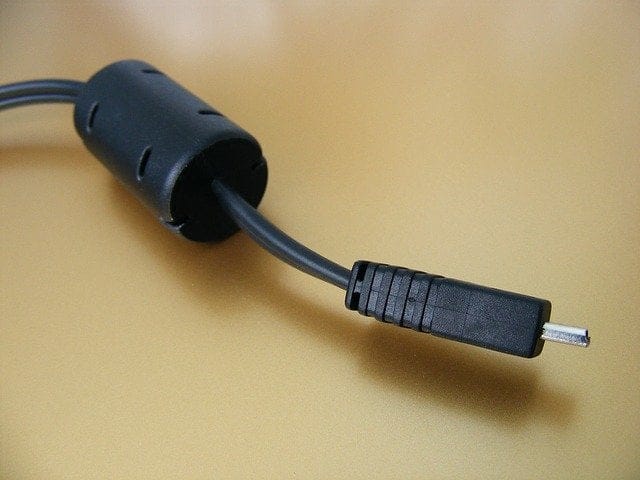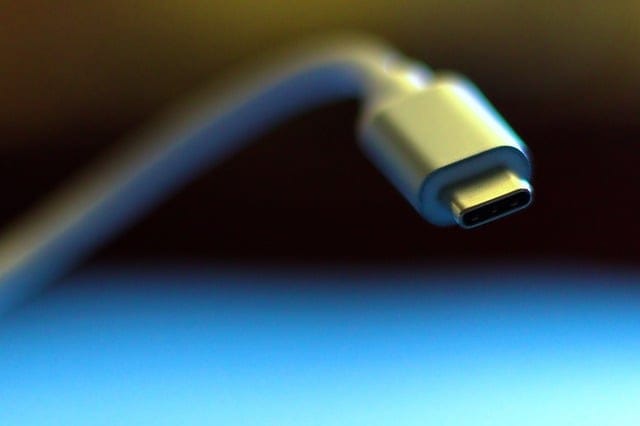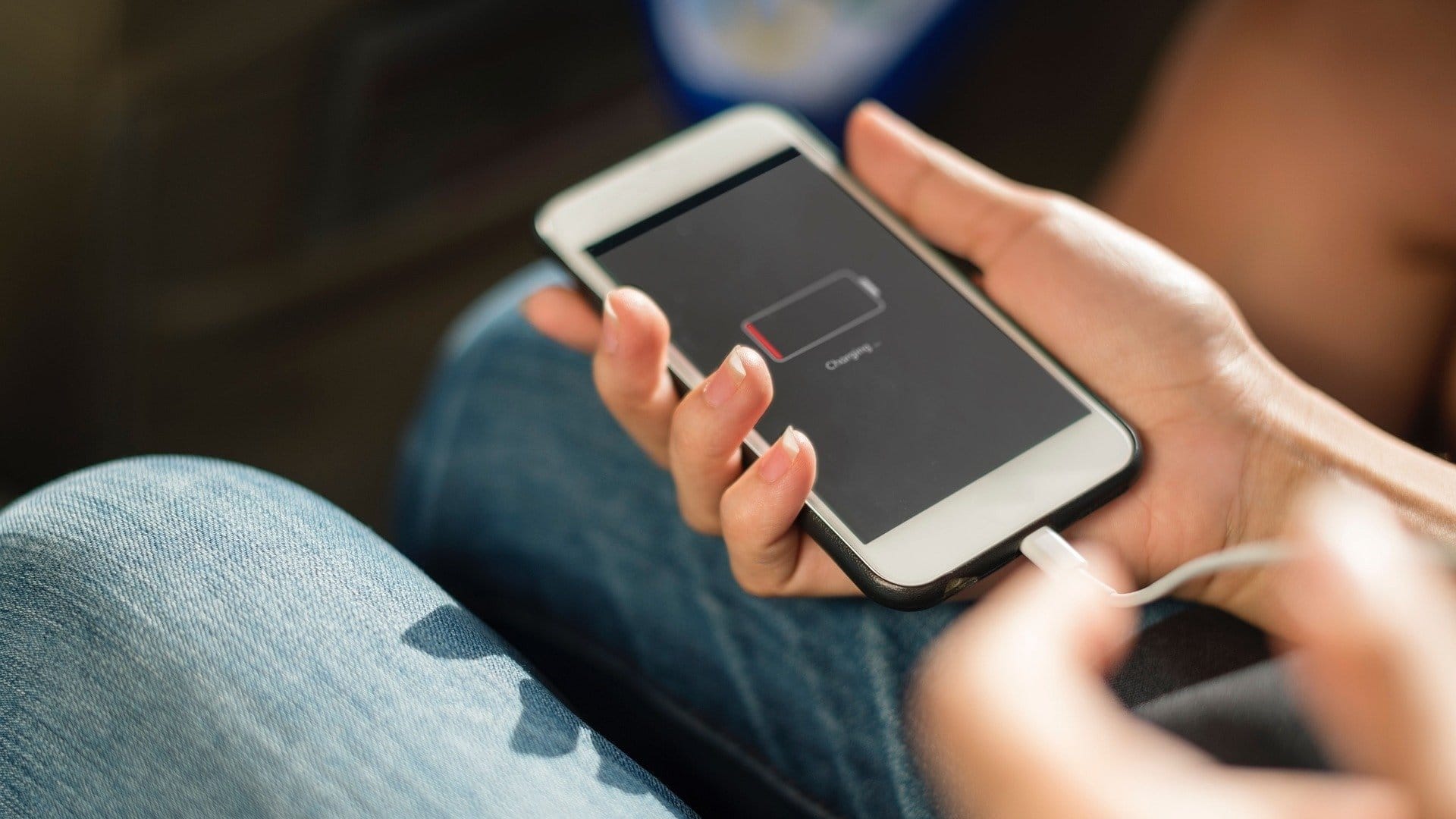If you’re reading this, you most probably have the luxury of owning an electronic device that comes with its own charging cable – be it a smartphone, a laptop, or a tablet. But if you own multiple devices (as most of us do), is there really a need to keep all those charging cables lying about, one for each device?
Nowadays, regardless of device, most charging cables and ports have evolved enough to not just look similar but also serve the basic function of charging the connected device equally well.
The question then arises – can your laptop charger be used to fast charge your phone?
Does your phone fast charge with a laptop charger?
In a word – Yes. But before you get your hopes up, there are certain compatibility conditions that your phone and your laptop’s charger must meet. Here’s everything you need to know about fast charging your phone with your laptop charger.
Is it safe to use a Laptop charger with your phone?

Modern USB-C chargers and phones have built-in circuits that control energy flow and negotiate the charge rate. So it doesn’t really matter that your laptop charger is a mighty hunk built to charge devices that are many times the size of your phone. The phone will only take what it needs, nothing more.
This is also the reason why the laptop charger may heat up while charging the laptop, but not when charging the phone. In toto, it is safe to use a laptop charger with your phone, given, of course, that they are of the same USB standard.
The ubiquity of USB Type-C (and the one charger dream)

Lately, USB-C chargers have become so widespread that almost every modern phone and laptop comes with one. The beauty of USB-C is in its ability to charge your phone fast by increasing power flow during the initial phase, and then later lowering the voltage in the second phase, when most of the battery is charged, to prevent overheating.
Your phone manufacturer’s charger may let you fast charge your phone based on its wattage capacity. But laptop chargers have much higher wattage, and understandably so since the laptop is a much bigger device.
Now, although the bigger laptop charger may have more charging capacity than what your phone requires, both your phone and your laptop’s charger still operate at the same voltage, which is the USB-C standard that does allow for cross charging.
The USB IF (Implementers Forum) delineates four charging standards that correspond to four different USB specifications:
- USB 1.0 – 5V/0.5A (2.5W)
- USB 2.0 – 5V/0.5A (2.5W)
- USB 3.0 – 5V/0.9A (4.5W)
- USB 3.1 – 5-20V/0.5-5A (100W)
For fast charging, there is a particular protocol that supports up to 20 volts and 100W of power – USB Power Delivery, or USB-PD. And this is where the connection compatibilities between a phone and a laptop charger come in. As long as you have a connector that supports USB-PD, you should be able to fast charge your phone with your laptop charger.
Different levels of ‘fast charging’
Now, there’s really no need to use a laptop charger for your phone unless it charges your phone fast. But exactly what constitutes a fast charge may depend on who you’re asking. Most phone manufacturers have their own names for fast charging. One Plus has Dash and Warp charging, Huawei supercharge, Motorola Turbocharge, the list goes on.
Call it what you may, these are all based on the USB-C standard connector, of which there are two major fast charging standards:
USB-C PD (Power Delivery)
The voltage levels of previous USB standards have all been specified at 5V. But the USB PD standard is different from them in that it makes available different voltage levels depending on your use – 5, 9, 15, and 20 – while delivering power levels up to a hundred watts. All this extra juice means that if the phone and the laptop charger can establish an operating protocol, your phone can fast charge with ease.
Quick charge
Quick Charge is Qualcomm’s own USB-C fast charging standard, one that has become quite popular owing to the widespread use of its chipsets. However, only version 4.0 is power delivery compatible. You can find the Qualcomm Quick Charge on most Snapdragon-powered devices operating at up to 9V and 3 amperes.
In terms of exact speed, we’d be splitting hairs trying to compare the different fast-charging standards. It is safe to say that phones and chargers that have the power delivery USB-C standard will range somewhere between 18 – 60 watts of power, giving you fifty to sixty percent charge in less than half an hour.
When will your phone fast charge with a laptop charger?
There are a couple of conditions that must be satisfied before you can expect your laptop charger to fast charge your phone:
Fast charging protocols
Simply having the USB-C connector doesn’t mean that one’s charger will work on the other as well. For successful charger compatibility, both your laptop and your phone must have compatible charging protocols.
If your laptop has a USB-C connector, it should allow for high-watt power delivery. Otherwise, it would be quite impossible to charge a laptop with just the standard USB port. And since USB PD is also the protocol behind your phone’s fast charging technology, the two will most likely be compatible with each other.
Regulating input
At the same time, the amount of charge, as well as the rate at which the power is supplied, should be negotiated between your phone’s battery and the charger. You will hardly find a modern battery that doesn’t have an in-built controller that regulates how much charge is coming in. Combined with the fact that most chargers also support multiple voltage levels, the two work together to determine how much input your phone can bear without overheating.
Even if your phone does not support fast charging, this regulation ensures that the charger defaults to what the phone can handle and at least charges at the standard 5V/1A rate.
It is always advised to purchase at least hallway decent chargers (if you’re getting one separately). This is because there are many counterfeit USB-C chargers out there that do not meet the protocols and the regulating input standards that we mentioned earlier. Even though they only make up a small and ever-diminishing minority, the importance of checking your USB-C PD charging cable cannot be stressed enough. You wouldn’t want to end up with a fried phone just because of a faulty cable that doesn’t interact with the phone to accommodate what voltage and current it requires.
Ultimately, as long as your laptop’s charger and your phone’s fast-charging protocols are the same, you shouldn’t have any difficulty in fast charging your phone through the laptop charger.













Discussion